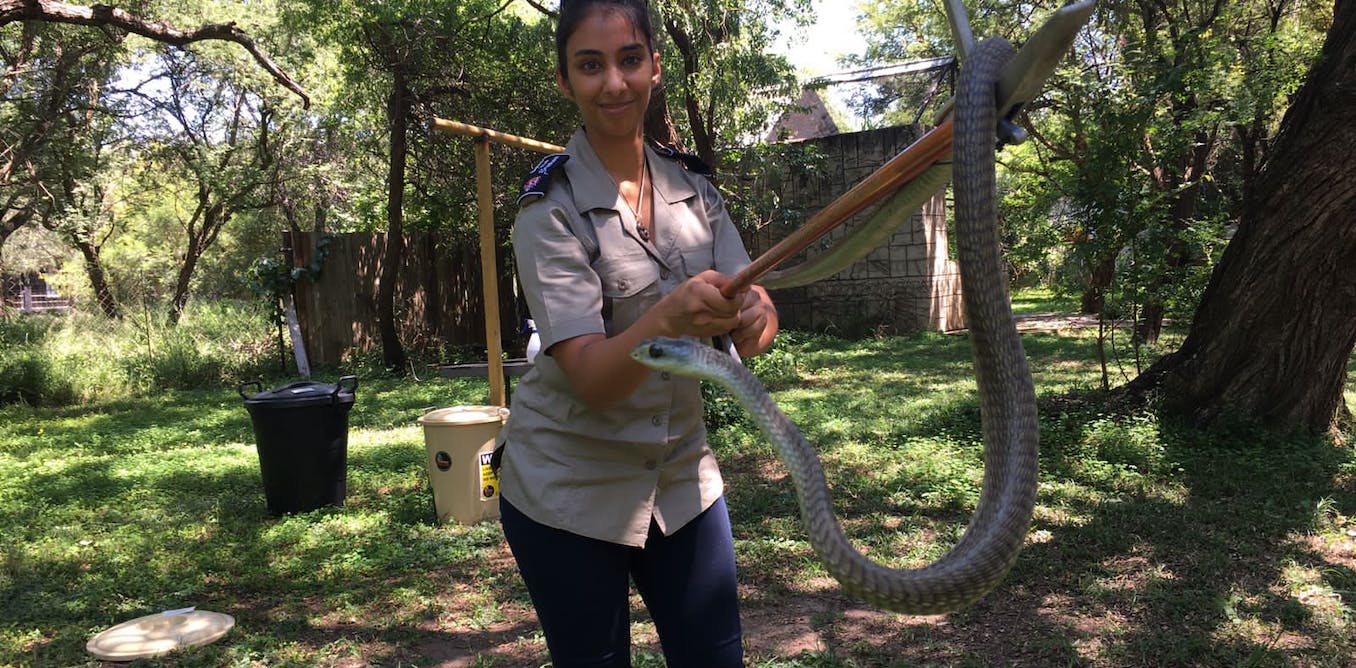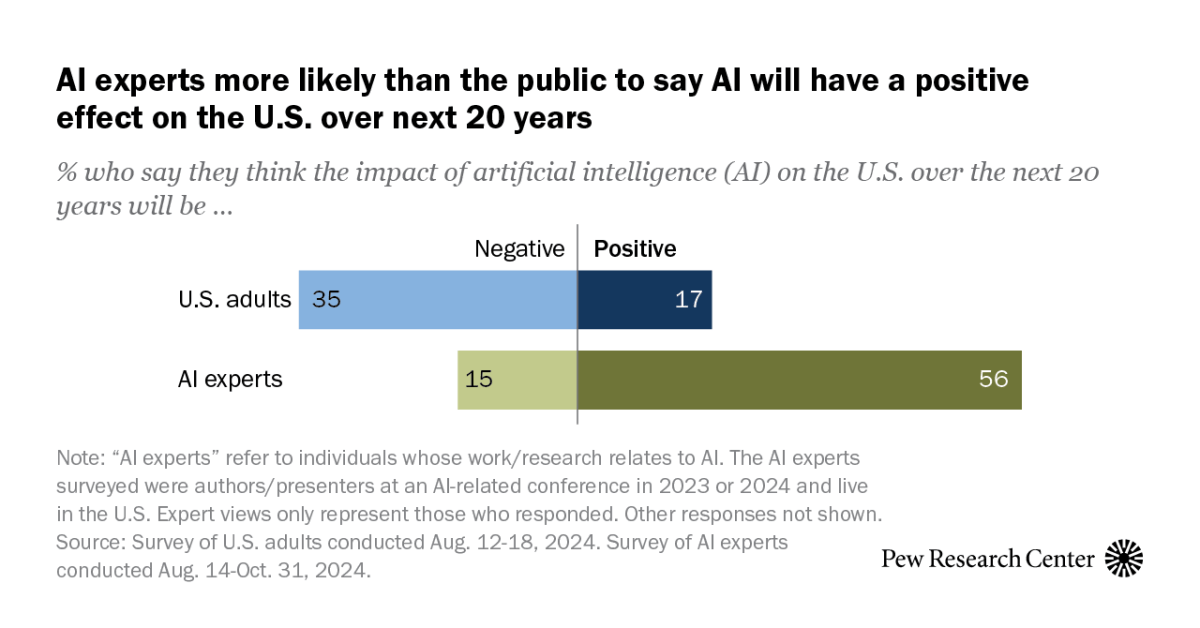We are so fortunate to share the world with a huge diversity of creatures. For me, some of the most fascinating are reptiles and amphibians. Collectively called herpetofauna, reptiles and amphibians are ectotherms; they rely on external sources to regulate their body temperature.
A person like me who works with these groups of animals is called a herpetologist. Among the reptiles and amphibians, my special interest is in snakes. I’ve always been interested in reptiles, from the days when I would chase common flat lizards in the Motobo Hills in Zimbabwe, where I grew up, and interact with snakes and other animals at our local rehabilitation centre.
Still, if somebody had told my teenage self that my job would entail working with snakes and encouraging other people to appreciate them, I never would have believed them. I didn’t even know you could make a career out of working with reptiles. Today, I’m studying towards my PhD in herpetology (which is technically a degree in ecology and conservation) while also working with a snake conservation organisation in South Africa.
Learning about snakes
Most people will be familiar with zoology, the branch of biology that focuses on the study of all animals. Some animals have their own speciality within the discipline of zoology. Herps (a slang term for herpetofauna) are one example.
There are over 4,000 species of snakes around the world. Each species has a unique adaptation to its own environment. Some snakes, like puff adders, are scentless as a way to camouflage themselves from predators. Others, like southern African pythons, show maternal care, which is very unusual for snakes and much more common in mammals and birds.
Read more:
The ultimate in stealth, puff adders employ camouflage at every level
These unique adaptations have allowed snakes to thrive in different environments. This makes them a great model in science: herpetologists can ask questions about their physiology, evolution, ecology and biology.
For anyone looking to become a herpetologist, a basic zoology degree will get you started. Most universities will have someone who specialises in teaching herpetology or someone who can point you in the right direction. Volunteering at institutions that have reptiles, like zoos, is also a great way to get some experience working with them. Once you get to postgraduate level, you can specialise in one of many different topics in herpetology and apply different techniques to answer questions that you are curious about.
As a specialist in reptiles and amphibians, you can merge that interest with other disciplines like photography, law or conservation, and this can open up many job opportunities. You can also pursue further research at a university, become a lecturer or school teacher, work at a zoo or become a museum curator. There are many options to explore.
My research
I completed my MSc in 2017 and my research focused on the evolution of diet in a group of snakes called lamprophiids. I loved learning about how diverse snakes are in the food they eat. For my PhD, I wanted my research to have a real-world application, so I waited until 2021 to start after getting some work experience in conservation.
Read more:
New insights into how southern African pythons look after their babies
My current research focuses on the way that snakes behave (behavioural ecology) to answer some of the bigger question of what leads snakes to bite people. Another year and I will have some answers for you on this.
Hiral Naik, Author provided (no reuse)
Snakebite is a neglected tropical disease according to the World Health Organization and affects millions of people around the world. When natural spaces are transformed and destroyed, many animals, like snakes, go looking for food and shelter – often in people’s homes. Many people are afraid of snakes, so encounters often lead to conflict as people try to kill the animals and get bitten in the process.
I am also fortunate to work for a non-profit organisation, Save The Snakes, which allows me to educate people about snakes and do my part to conserve them by applying my research. My job includes researching information on snakes that live in different parts of South Africa and assessing threats to them, like habitat transformation, learning more about the relationship between humans and snakes, conducting fieldwork and running experiments to understand more about the behaviour and ecology of snakes.
The circle of life
I’m also passionate about education.
Learning about the world of snakes has allowed me to appreciate the natural world in a unique way. As predators and prey, snakes are an emblem of the circle of life. One of my favourite activities is going out at night looking for them (called “herping”) and watching them display different behaviours. After the summer rains, frogs and insects come out and the snake predators follow. When I take these moments to observe the world around me I feel fortunate to appreciate these animals in a way most people don’t. This is the feeling I like to share in my education efforts.
Some of my favourite moments in my current job have involved seeing the change in people’s perceptions about snakes. Snakes have been feared for many generations because of misinformation. Most snakes are harmless. They don’t chase people, and they stay hidden much of the time. By sharing the correct information about snakes, we show that fear can be changed to curiosity and that creates more motivation to learn about them.




